Zero Waste Vegan Pantry, Part 1
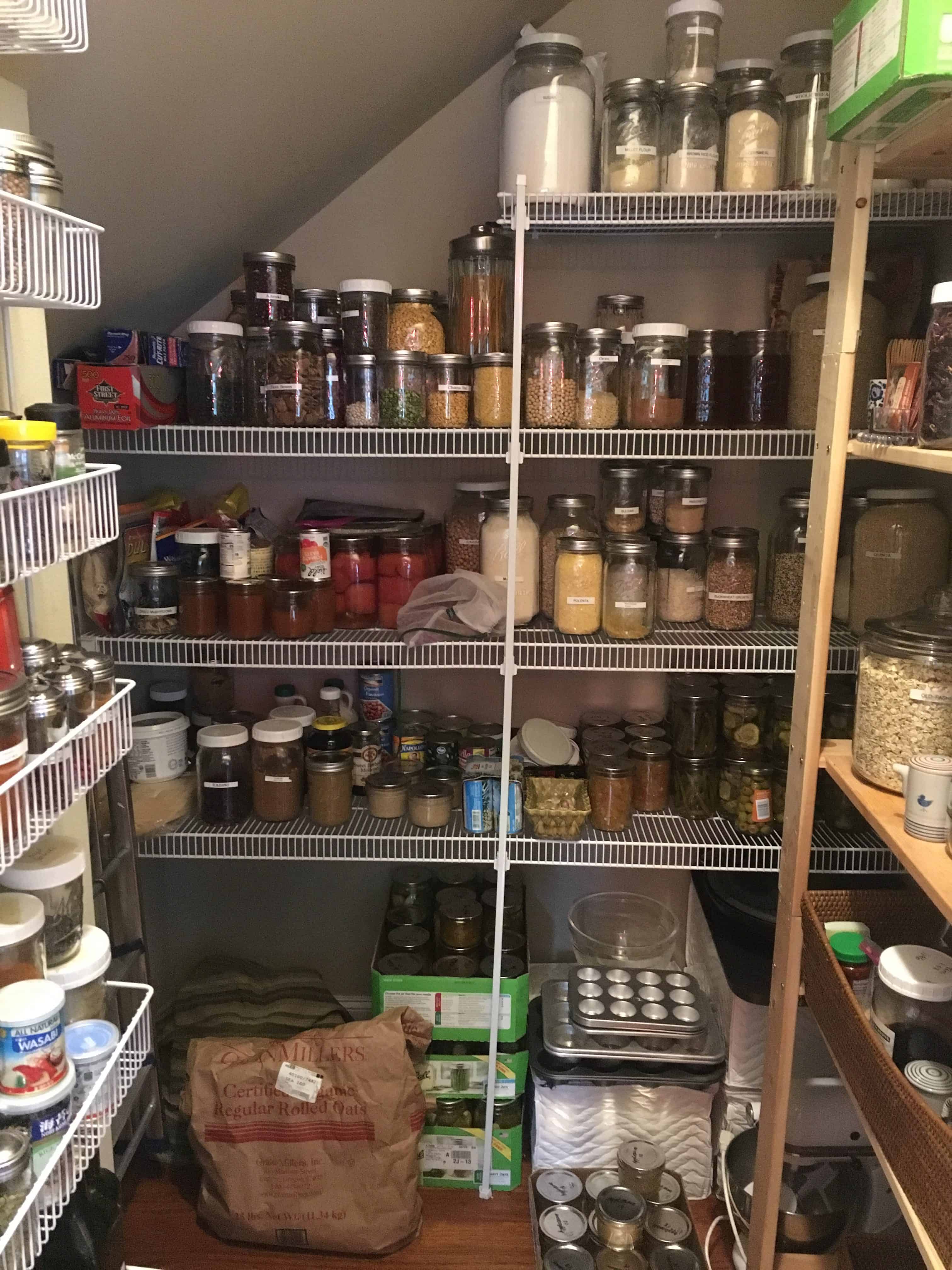
#VeganMoFo18 Day 2 – Zero Waste Vegan Pantry, Part 1
I have always been a well-stocked pantry person. My mom had a stocked pantry when I was growing up, so I never knew any different. One of my favorite things is to go into my pantry and freezer and have what I need to make a meal, of any size, at any time.
Years ago I went to a restaurant supply store and picked up a bunch of plastic storage containers in 2-, 4-, 6-, and 8-quart sizes. We’d used them at the fire station to store bulk pantry items we all paid for with our monthly housefund and I really liked them. They had secure lids, stacked well, and you could see the contents inside them. I found them at my local United Grocer, and while they aren’t cheap, bought a bunch of them because I figured they’d last my lifetime and were a good investment.

Cambro Restaurant Storage Containers
But then I started learning more about plastic. At first, I decided to just keep storing my pantry items in these containers, because I didn’t want to create more plastic waste by throwing them out. However, after I got more information about endocrine-disrupting chemicals (EDCs) present in many plastics, we decided that we needed to find better options for storing our food other than plastic. EDCs minic or block hormones in our bodies and can cause harmful effects at low and high doses, and the young are particularly susceptible to EDCs (the Endocrine Society has a good overview video on their website). EDCs leach out of the plastic container material into food, whether the food is dry or wet.
These containers have plastic recycling symbols on them that can help indicate what type of plastics they are and are also marked with the National Sanitation Foundation (NSF) symbol—but what do these mean? The lids for these containers are marked with the plastic recycling (resin identification code) symbol with a number 4 and the letters “LDPE.” LDPE 4 means Low Density Polyethylene #4, and are plastics that are strong yet flexible. According to the authors of Life without Plastic, LDPE 4 is “safer” than many plastics, but can release EDCs, especially the estrogen-minickers nonylphenols and octylpenols. The containers themselves are marked with the plastic recycling symbol and the number 7. The number 7 is a catch-all for any other plastic resin not specifically identified. According the the Cambro website, these bins are made of BPA-containing polycarbonate. Yes, these containers popularly used in most restaurants and food service contain the major EDC Bisphenol A (BPA), indicated only quietly on the website with a link to a California Proposition 65 Warning! The National Institute of Environmental Health Sciences, an institute of the National Institutes of Health, recommends not using BPA-laden containers for food storage. The NSF mark means the product has been tested and complies with NSF standards, but it doesn’t mean the materials are free of EDCs, in fact, when I search the NSF website for EDCs, it comes up with a press release about water treatment certification and mentions there is an EDC Taskforce, but otherwise does not address EDCs at all.
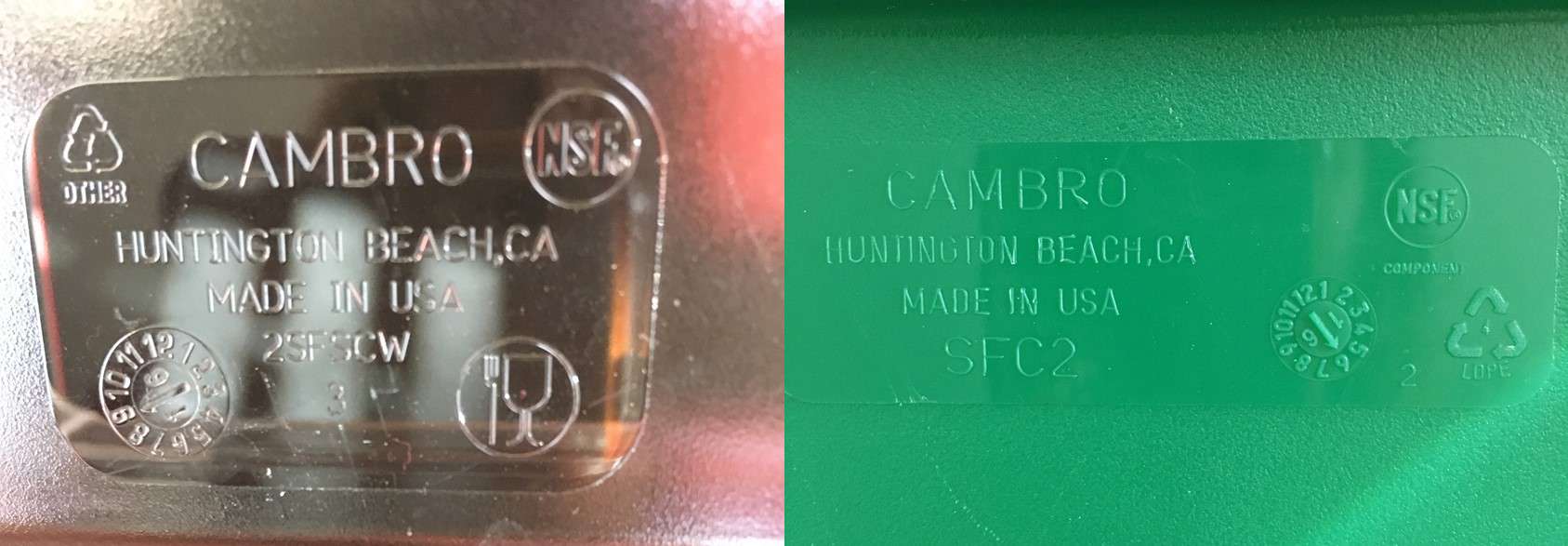
Resin Identification Codes of container (left) and lid (right)
So we decided that these containers had to go, that they had no place in our home for us or our family who came to eat our food! The question was, what do we use instead? We ended up going with glass mason jars. Why?
- We already had a supply of mason jars from canning.
- They are inexpensive.
- Mason jars are readily available locally, at garage sales, thrift stores, and our local True Value Hardware store, so we didn’t have to have any shipped to us.
- They are sturdy.
- They are freezer- and heat-safe.
- Wide mouth versions are stackable.
- Can see the contents through them.
I did pick up some other glass jars at thrift and antique stores and did order some large 1-gallon glass jars and metal lids from Azure Standard because the largest mason jars we can get are 1/2-gallon and not enough volume for some of the pantry items we store a lot of, like quinoa, brown rice, etc. One of our favorite jars is an Anchor Hocking 1-gallon Heritage Hill Jar I got from an antique store (not an antique jar, though) for $10, which was a better price than new. The lids on Heritage Hill jars don’t seal, just set on top, so it’s great for our old-fashioned rolled oats that we get into every day. We also re-use old jars from other things and we already had a huge collection of glass spice jars with metal screw tops. Interestingly enough, as I went through our kitchen cabinets to clear out plastic, I discovered a ceramic Asian condiment set a friend had given me that I’d forgotten about and it has a soy sauce pitcher that we use for our Bragg’s Aminos, so we didn’t have to find anything for soy sauce (we use a quart mason jar for the bulk Bragg’s Aminos).

Collection of jars from our Zero Waste Vegan Pantry
As for lids, that’s something to talk about. Before learning about plastic I purchased a couple sets of reusable plastic lids that fit on mason jars. They are convenient for things that you get into a lot as they are one piece. However, they are plastic, so we just make sure the food doesn’t touch the inside of the lid. New Ball and Kerr metal canning lids are now BPA-free and phthalate-free since 2013 (here is a website that talks about all brands of home canning lids).
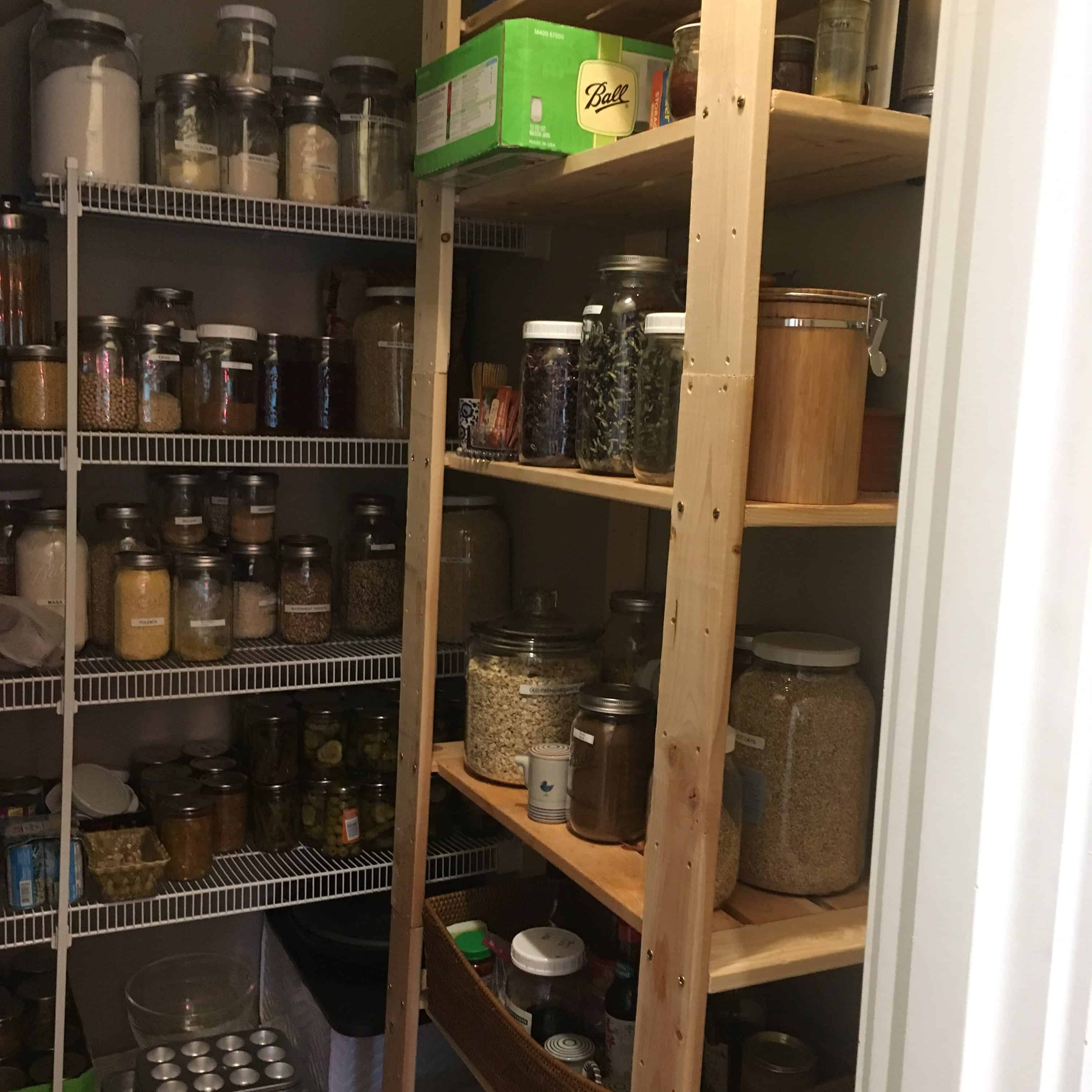
More Pantry Items
Changing over to a no-plastic Zero Waste pantry took some work and expense, I won’t lie! We had to procure new containers beyond the mason jars we already had. Fortunately I found them at thrift and antique stores and True Value had an awesome sale on Ball canning jars while I was working on this project. Then we had to transfer everything out of our existing storage into new and label them. It was good to do it though, as we hadn’t gone through and spring-cleaned our pantry since we moved into this new house two years ago, and it was time to do it. Some stuff was rancid and we found some things we didn’t even realize we had! I just worked on it an hour at a time, section by section, until we got everything moved over. It was hard to produce a bunch of plastic waste, however, especially plastic bags. We put the recyclable plastics in our recycle bin, took the recyclable plastic bags to the bin outside the grocery store, and threw away the non-recyclable stuff, knowing that we were going to replace anything we used now with supplies from bulk bins or bulk paper sacks and not consuming any more plastic.
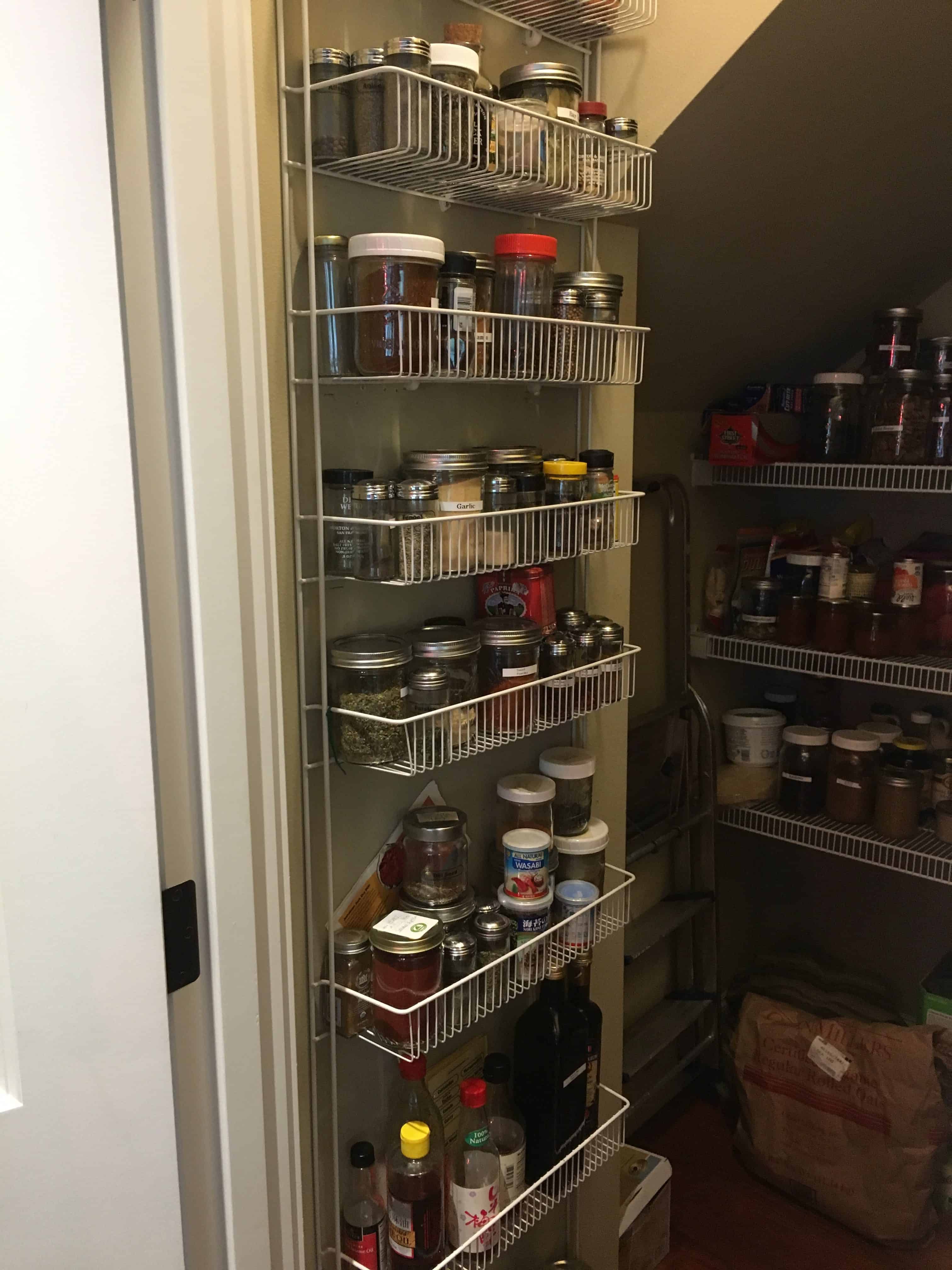
More Pantry Items
The cool thing is that we have so much more room in our pantry now! We’re just shocked! We thought the big bins were helping, but turns out they were just taking up space. We are a little concerned about the weight on the shelves, however, so we’re moving up our timeline of replacing the wire-rack shelving to something more durable and more efficient.
We do have a couple of large bulk sacks of a few items. We buy brown rice, old-fashioned rolled oats, soy beans, and baking soda (sodium bicarbonate) in 25-50 pound paper sacks from Azure Standard. We use a lot of those products and it is not cost-effective nor time-efficient for me to buy those in quart jars every week from the bulk bins and most places won’t allow me to buy much larger quantities than that at a time. We put usable amounts into gallon jars for daily use and then shred the paper bags when they are empty and put the shredded paper into our compost bin as our “brown” component (I’ll have a post all about composting coming up).
So this is our Zero Waste Vegan Pantry! As we’d done before, we simply refill our containers from bulk bins at stores that have/allow this. We bring in our own, clean containers, weigh them empty (tare weight), fill them, and mark them with a china marker with the tare weight and product number. We have a shopping bag full of jars and mesh bags for this purpose. Or, we buy the bulk sacks from Azure Standard.

25 pound bulk bag of Old-Fashioned Rolled Oats
It does take some planning and adjustment, however. We just cannot be in a hurry or wait to the last minute for things because some items are just not easy to find or all at one store. I’ve actually made a list of what stores have which items and make grocery lists according to this. And I’ve learned that individual stores of the same grocery chain don’t always have the same bulk item availability, so I make sure to make note of exactly which store has the item. Other things I make and can from scratch, like mustard, applesauce, hot sauce, pickles, relish, apple cider vinegar, etc. I realize these items often come packaged in glass, but it takes as much energy to recycle glass as it does to make a new jar or bottle, so I’d rather just keep reusing what I have instead of causing more energy to be used. I will have a post this month about canning condiments, so stay tuned for that. Beyond that, there are some things we either have to just decide to go without or buy sparingly in plastic if we find we really, really want it. Fortunately we have a very active local Zero Waste Facebook group where we can ask others if they’ve seen certain items available in bulk and search for past posts as a resource. We’ve found that most things we want are available, except for personal care products.
I hope this was helpful. Part 2 will cover what specific items we have in our Zero Waste Vegan Pantry. And we’ll have an upcoming post on the Zero Waste Vegan Fridge and Zero Waste Vegan Freezer to cover how to refrigerate and freeze zero waste and plastic-free.
Do you like this post? Please share....
[mashshare]
4 Comments
Leave a Comment
If you liked this post, you might like one of these:
Tags:
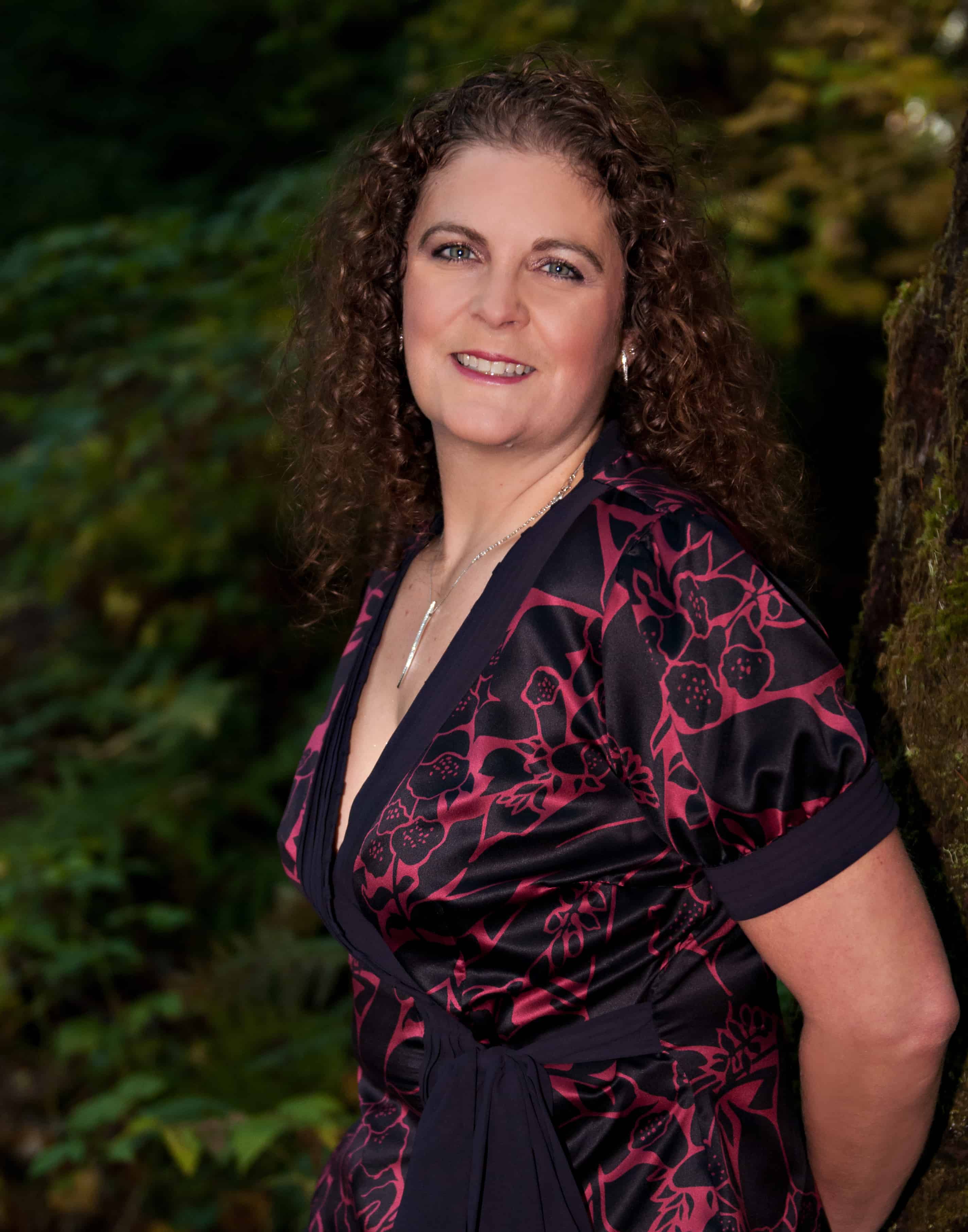
[Trī-māz-ing]
Cindy wants you to be Trimazing—three times better than amazing! After improving her health and fitness through plant-based nutrition, losing 60 pounds and becoming an adult-onset athlete, she retired from her 20-year firefighting career to help people just like you. She works with people and organizations so they can reach their health and wellness goals.
Cindy Thompson is a national board-certified Health and Wellness Coach, Lifestyle Medicine Coach, Master Vegan Lifestyle Coach and Educator, Fitness Nutrition Specialist, Behavior Change Specialist, and Fit2Thrive Firefighter Peer Fitness Trainer. She is a Food for Life Instructor with the Physicians Committee for Responsible Medicine, Rouxbe Plant-Based Professional, and Harvard Medical School Culinary Coach, teaching people how to prepare delicious, satisfying, and health-promoting meals.
She provides health and lifestyle coaching at Trimazing! Health & Lifestyle Coaching. Cindy can be reached at info@trimazing.com.
Subscribe to the Trimazing Blog
Receive occasional blog posts in your email inbox.
Subscribe to the Trimazing Blog
Receive occasional blog posts in your email inbox.

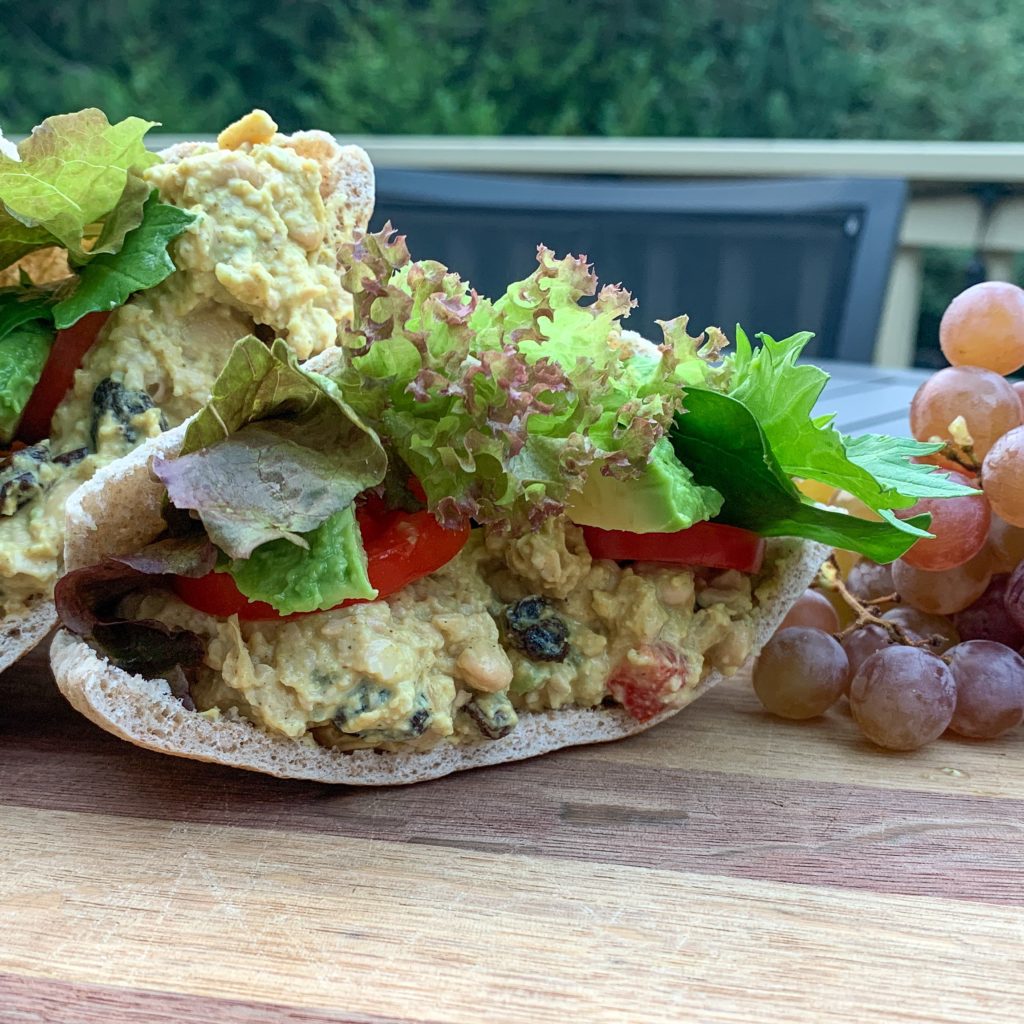




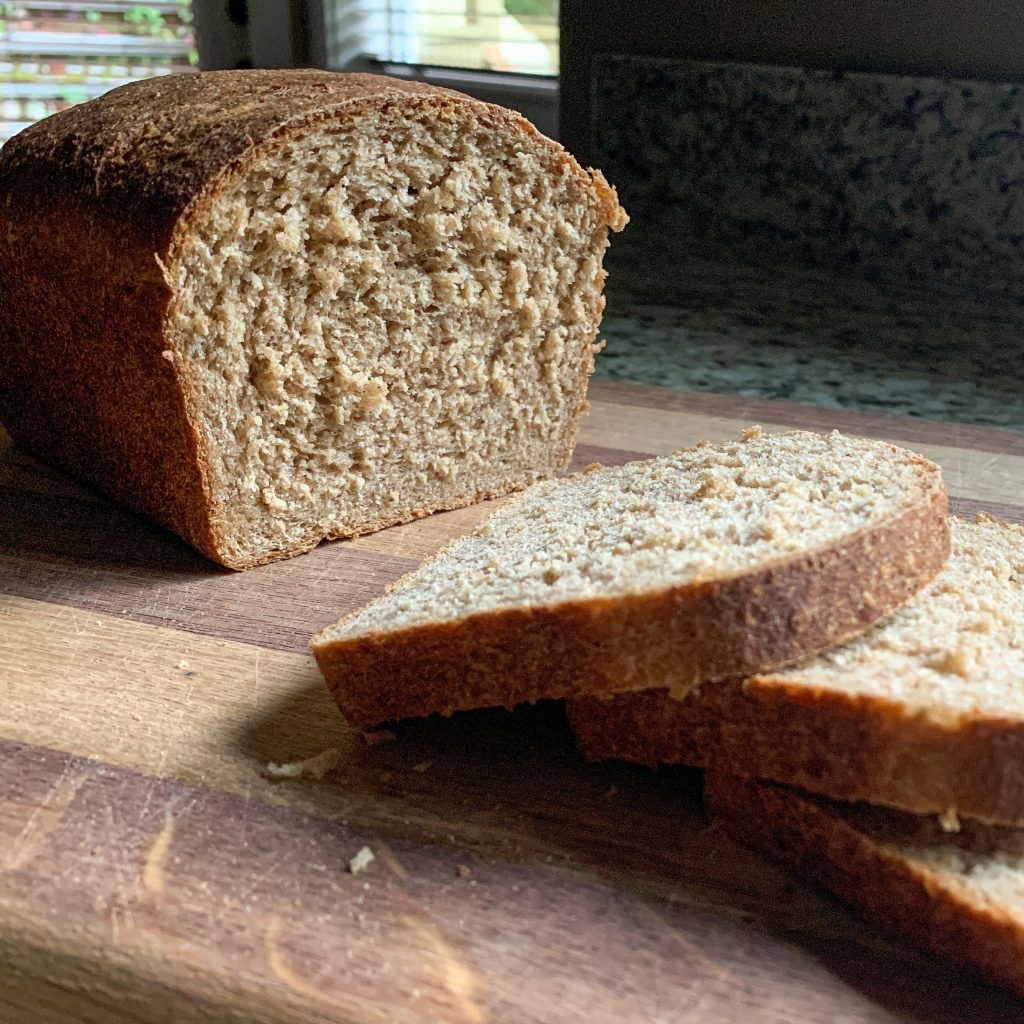

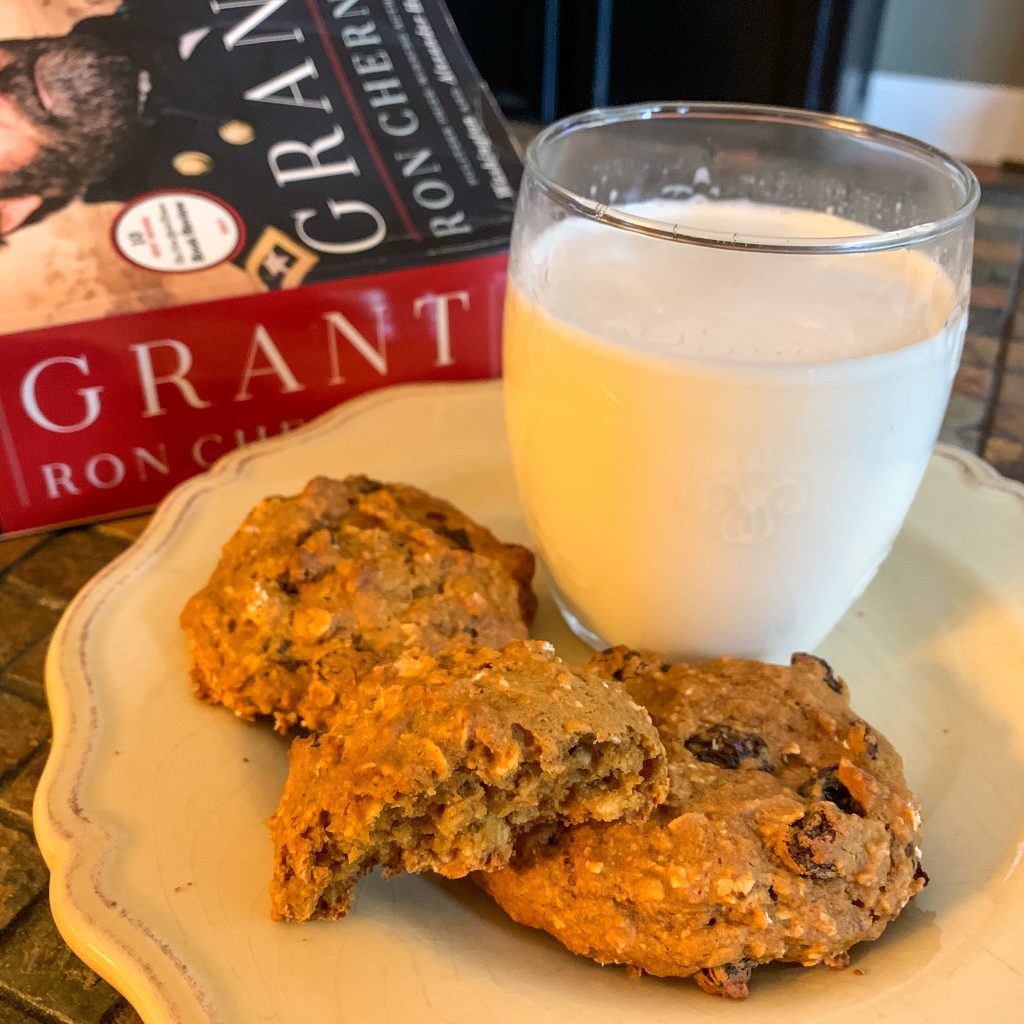
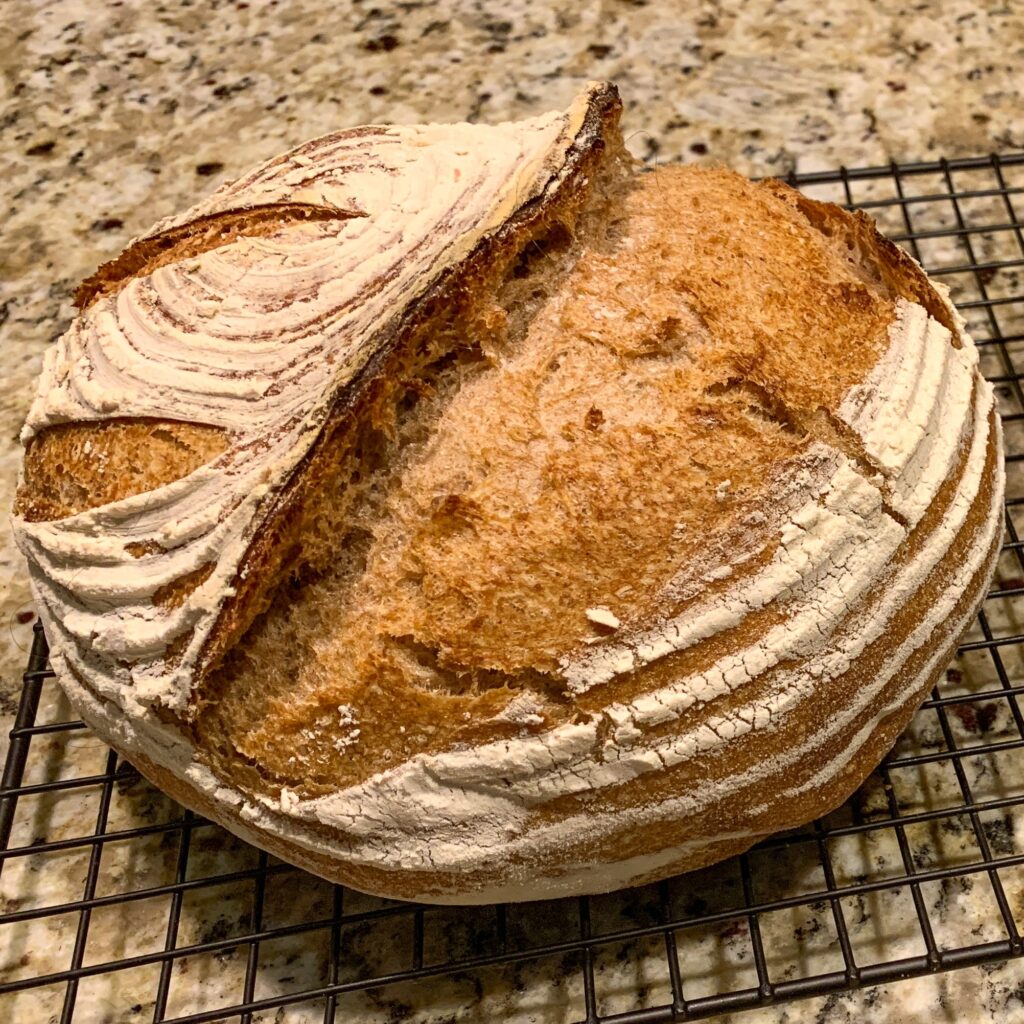
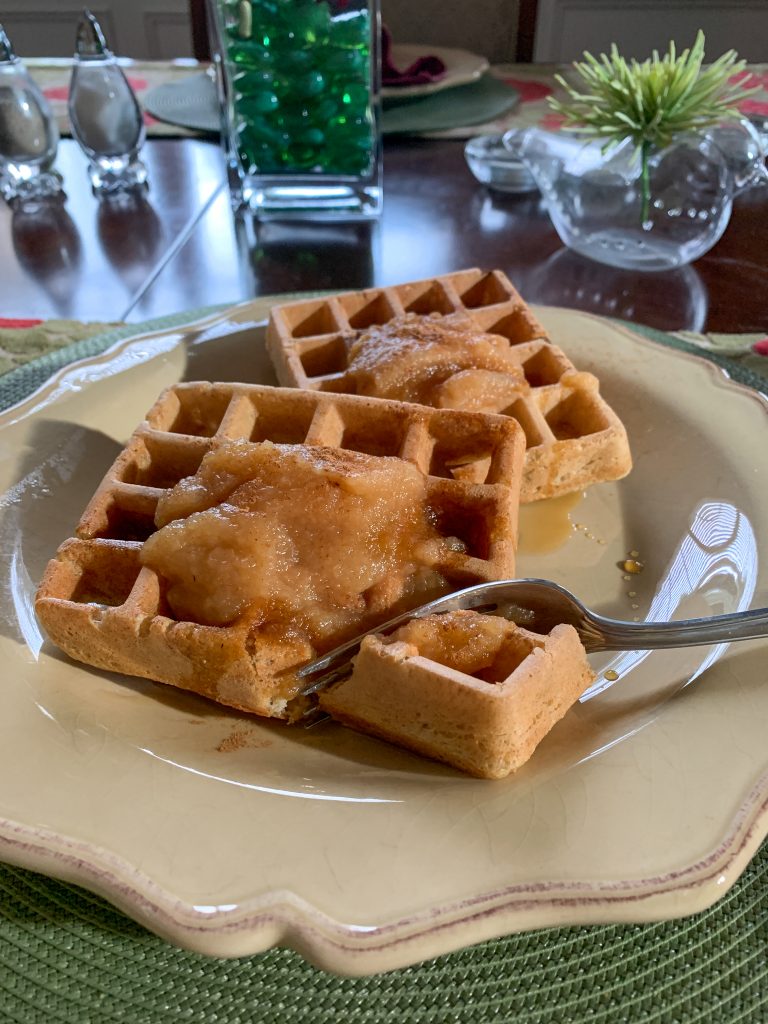










We have some mason jars but still a lot of plastic. This is really good info and I will be trying to change more pantry storage over to glass. I am also on the search for a water bottle. I have a neurological condition with problems with hypersensitive nerves in my throat so I need to always carry water to sip to calm them. At the moment I have a plastic bottle.
We use HydroFlask…it's 18/8 stainless steel and keeps hot things hot and cold things cold. https://www.hydroflask.com It does have a plastic cap, however. You can find some other stainless steel water bottles that have metal caps.
Thank you for your message and sharing your story!
Great tips! Important to note that the transition can be made over time when you have the resources. And love looking for finds at thrift or antique stores! Looking forward to a composting post!
Absolutely! I wanted to get rid of the plastic restaurant bins en masse, so that prompted the overhaul at once, but is can certainly be a gradual transition. Garage sales, thrift stores, and antique stores are wonderful places to get glass and metal storage containers. In fact, I got a great pale pink Depression-glass refrigerator container and glass quart milk jug at an estate sale yesterday—for a grand total of $3! Those kind of finds are my favorite!
Composting post will be later this month. I’m glad you’re looking forward to it.